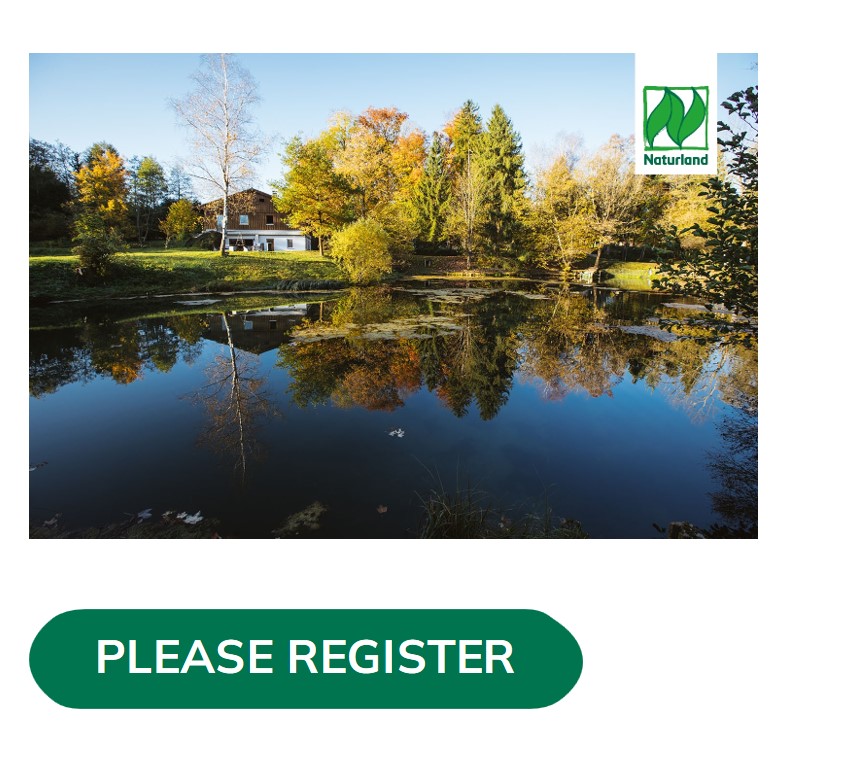Biosecurity and hygiene in trout farming
Completion requirements
14. NOVEMBER 2024
10-11:30 MESZ (Berlin) | 15:30-17 IST (New Delhi) | 17-18:30 ICT(Hanoi)

This course highlights essential biosecurity measures, disease prevention, and management in trout farming. Participants will learn about the primary diseases affecting trout farming in Europe and the significance of implementing robust biosecurity practices to enhance production and prevent disease outbreaks.
By the end of the course, participants will gain a comprehensive understanding of effective biosecurity measures and their critical role in safeguarding fish health. Implementing these practices will not only improve productivity but also ensure compliance with certification standards like Naturland
Key Points of this event:
- Disease Risks in Rainbow Trout Farming: Rainbow trout farming often leads to increased disease outbreaks due to the high density of fish. Understanding the common diseases and their transmission routes is crucial for effective management.
- Importance of Biosecurity: Implementing effective biosecurity and hygiene plans is vital for minimizing disease spread. These measures serve as the first line of defense against pathogens and are necessary for maintaining the health of the fish population.
- Hygiene Practices: Good hygiene practices include regular disinfection of equipment, maintaining clean water sources, and controlling access to the farm. These practices help prevent the introduction and spread of diseases.
- Naturland Certification: Compliance with biosecurity standards is not only essential for farm health but is also required for Naturland certification. This certification emphasizes sustainable practices and helps ensure market access
Speaker: Peter Steinbauer, Tiergesundheitsdienst Bayern e.V. (Animal Health Service Bavaria, Germany )

